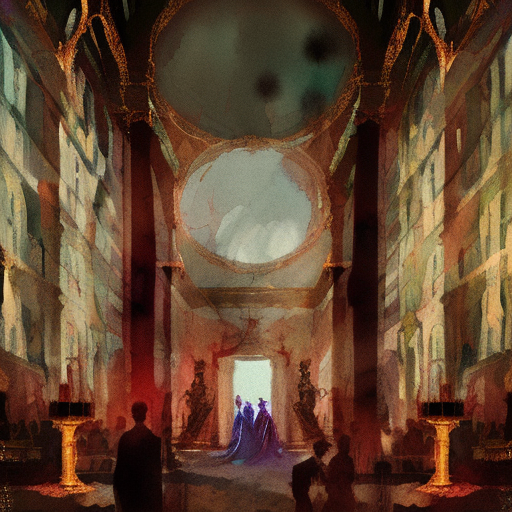One-line Summary:
“Brideshead Revisited” is a captivating novel that explores themes of love, religion, and the decline of the British aristocracy through the eyes of protagonist Charles Ryder.
The World of the British Aristocracy
Set in the early 20th century, “Brideshead Revisited” takes readers into the world of the British aristocracy. The story is narrated by Charles Ryder, a middle-class artist who becomes infatuated with the aristocratic Marchmain family. Through his friendship with Sebastian Flyte, the youngest son of the family, Charles is introduced to the opulent world of Brideshead Castle and its inhabitants.
As Charles becomes more entangled with the Marchmain family, he witnesses the decline of the aristocracy and the fading grandeur of their way of life. The novel explores the tensions between tradition and modernity, as well as the changing social dynamics in England during this period.
Love and Desire
Love and desire are central themes in “Brideshead Revisited.” Charles finds himself drawn to both Sebastian and his sister, Julia, leading to complicated relationships and emotional turmoil. His infatuation with Sebastian is characterized by a deep emotional connection, while his love for Julia is more passionate and physical.
The novel delves into the complexities of these relationships, exploring the boundaries of love, desire, and societal expectations. Charles’s love for Sebastian is tinged with a sense of nostalgia and longing for a lost innocence, while his relationship with Julia is marked by forbidden desire and the struggle to reconcile their feelings with their respective commitments.
Religion and Faith
Religion plays a significant role in “Brideshead Revisited,” particularly through the character of Sebastian’s devoutly Catholic mother, Lady Marchmain. Her unwavering faith and the influence of the Catholic Church on the Marchmain family shape the narrative and the characters’ lives.
The novel explores the tension between religious devotion and personal desires, as well as the role of religion in providing solace and meaning in a changing world. Charles, who initially views religion with skepticism, is gradually drawn to the Catholic faith through his interactions with the Marchmain family.
Key Takeaways:
- The decline of the British aristocracy and the fading grandeur of their way of life.
- The complexities of love, desire, and societal expectations.
- The role of religion in providing solace and meaning in a changing world.
“Perhaps all our loves are merely hints and symbols; vagabond-language scrawled on gate-posts and paving-stones along the weary road that others have tramped before us; perhaps you and I are types and this sadness which sometimes falls between us springs from disappointment in our search, each straining through and beyond the other, snatching a glimpse now and then of the shadow which turns the corner always a pace or two ahead of us.”
In conclusion, “Brideshead Revisited” is a captivating exploration of love, religion, and the decline of the British aristocracy. Through the eyes of Charles Ryder, readers are transported into a world of opulence and privilege, witnessing the complexities of relationships and the struggle to reconcile personal desires with societal expectations. With its richly drawn characters and evocative storytelling, this novel leaves a lasting impression and prompts reflection on the themes it explores.












